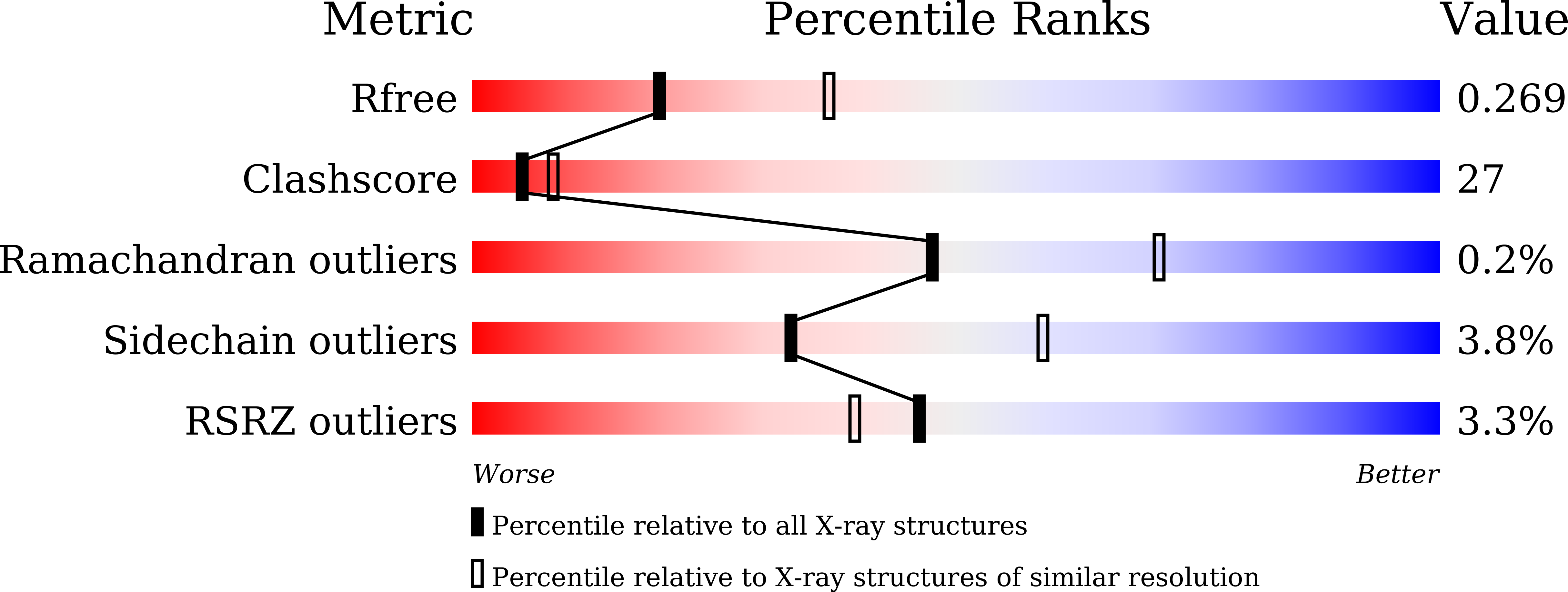
Deposition Date
2021-06-29
Release Date
2022-04-06
Last Version Date
2024-10-23
Entry Detail
PDB ID:
7F7I
Keywords:
Title:
Stapled Peptide Inhibitor in complex with PSD95 GK domain
Biological Source:
Source Organism:
Rattus norvegicus (Taxon ID: 10116)
synthetic construct (Taxon ID: 32630)
synthetic construct (Taxon ID: 32630)
Host Organism:
Method Details:
Experimental Method:
Resolution:
2.60 Å
R-Value Free:
0.26
R-Value Work:
0.21
R-Value Observed:
0.21
Space Group:
P 1


